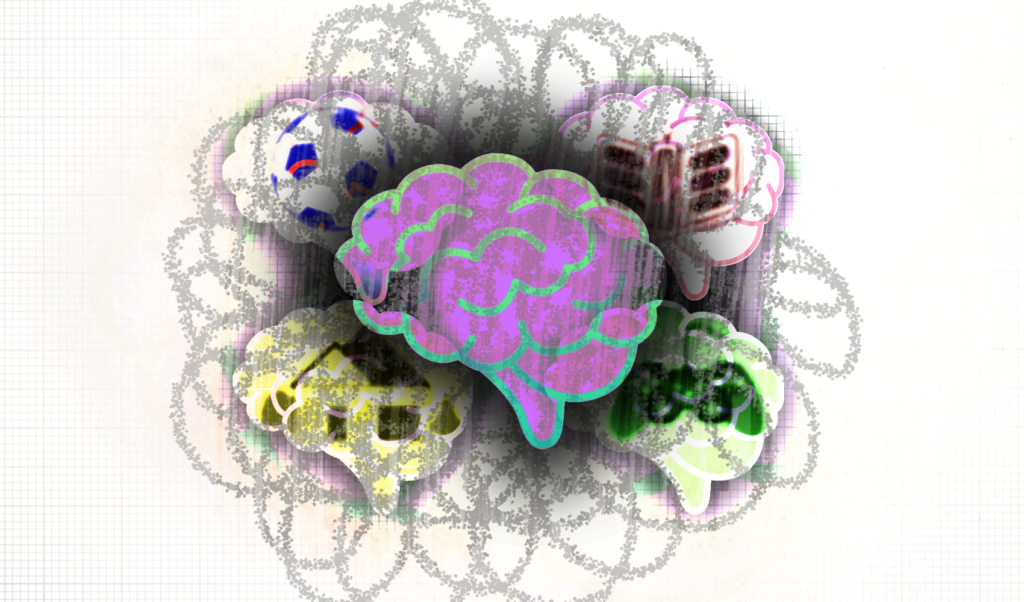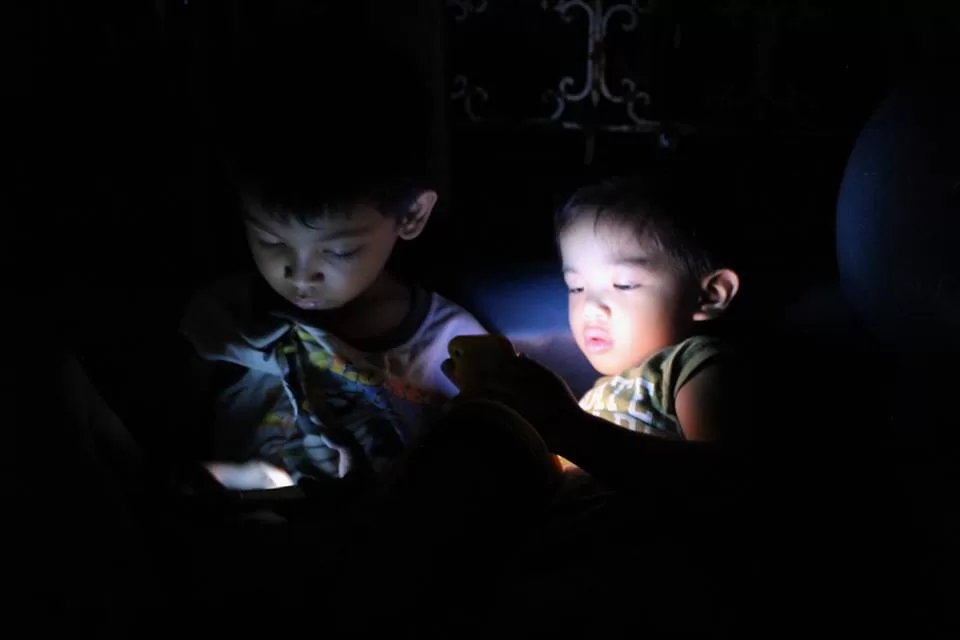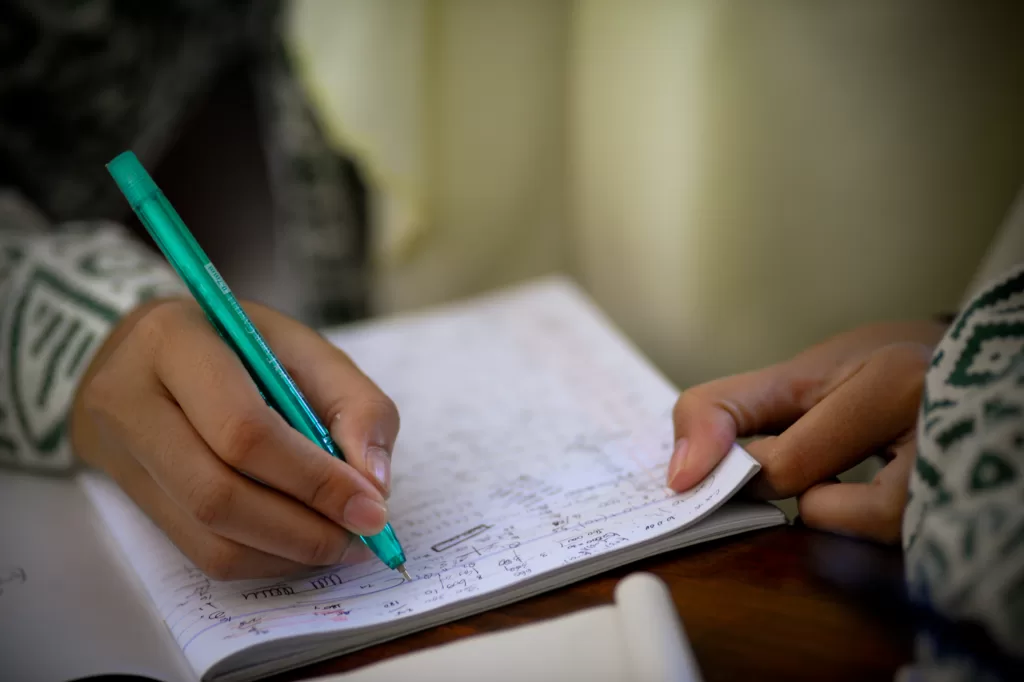Diagnosing ADHD in children is difficult and often has to rely on subjective interviews. Virtual reality and artificial intelligence could help fix that.
 Virtual reality helps psychiatrists to better diagnose a child with ADHD : Wiguna et al. 2022 https://bit.ly/45uMObh CC BY 4.0
Virtual reality helps psychiatrists to better diagnose a child with ADHD : Wiguna et al. 2022 https://bit.ly/45uMObh CC BY 4.0
Diagnosing ADHD in children is difficult and often has to rely on subjective interviews. Virtual reality and artificial intelligence could help fix that.
Diagnosis of attention deficit hyperactivity disorder (ADHD) can be life-altering for a child. There are factors that make such a diagnosis challenging for doctors.
The creeping influence of subjective interviews makes it a lot harder for doctors to get the diagnosis right. Parents feel responsible to their child, which can trigger a bias that affects interview responses and ultimately the diagnosis itself.
Now virtual reality (VR) and machine-learning technology linked to artificial intelligence (AI) offer a way past the obstacles to accurate diagnosis.
A clinical diagnosis of ADHD in children and adolescents happens through observation, a series of interviews with the child and carers and — in some cases — brain-related psychiatric testing.
Interactions with the child alone are sometimes difficult to interpret because so much hinges on how a child adapts to the unfamiliar setting of interviews and observation. The input of the child’s primary carers is often influential.
The involvement of carers adds a subjective element to the process, especially when they can’t describe their child’s behaviour accurately, either because they can’t comprehend it or because they haven’t spent enough time around them.
Some solutions to add objectivity to the diagnosis timeline are still developing: brain-imaging studies suggest some correlation between ADHD and tissue abnormalities, but biological marker testing is not yet sensitive enough to help.
As the process is refined, more people are being diagnosed with ADHD. ADHD affects between 5 to 7.2 percent of children and 2.5 to 6.7 percent of adults globally. In the United States, it’s believed to be higher in children — around 8.7 percent.
Up to 90 percent of children with ADHD might continue to experience symptoms into adulthood, even as some no longer fully meet the ADHD criteria. Adults can be diagnosed with ADHD without any previous diagnosis in childhood.
Trends indicate that ADHD is being diagnosed more often. This might in part be because the medical definition of ADHD was broadened in 2013, allowing for people to be diagnosed with both autism spectrum disorder and ADHD, rather than one or the other.
It is important to have an ADHD diagnostic tool that is highly sensitive and specific to ADHD clinical symptoms to justify the diagnosis and to create a non-threatening environment for children.
Several studies have shown that virtual reality can be used as a diagnostic tool for ADHD. Virtual reality can create a safe digital environment that resembles the child’s daily living situation, allowing the collection of better behavioural data than ordinary brain-related psychiatric testing.
Machine learning could be used to supercharge the power of virtual reality as an ADHD diagnostic tool.
Machine learning, an application of artificial intelligence, enables a computer system to learn and improve its experience without explicit human programming, refining and improving the accuracy of its diagnoses.
In the best case, machine learning produces an intelligent model that collects complex clinical data like ADHD behaviours or symptoms. It can then produce a model algorithm from the data to make more accurate predictions about whether a patient has ADHD.
In 2020, Universitas Indonesia and Dr Cipto Mangunkusumo General Hospital in Jakarta established an ADHD virtual reality diagnostic tool that uses machine learning to support the diagnosis procedure. The embrace of VR was informed by several studies.
In the Indonesian study, patients using the machine learning-supported diagnostic tool were placed in a virtual classroom.
The classroom is one of the most challenging environments for children with ADHD, which can affect a student’s ability to focus, pay attention, listen, or put effort into schoolwork. It can also make a student fidgety, restless, talk too much or otherwise disruptive.
Children with ADHD might also have learning disabilities that cause them to have problems in school.
A virtual classroom can help: it creates a sensation and perception of being present.
Replicating a real-life environment might trigger interactions from the child as if they were actually in the classroom.
They need to sit still and listen to the teacher’s explanation. Meanwhile, there is also a lot of distraction — like sounds or lights — that happens during the teaching process.
These experiences are important in ADHD virtual reality diagnostics. The more a child reacts as they would in an actual classroom, the more likely a doctor might be able to give an accurate diagnosis.
This diagnostic tool is basically a virtual reality game that assesses whether a child’s behaviour is consistent with an ADHD diagnosis or not. During the procedure, participants use a virtual reality headset with hand controllers to complete tasks.
Children can grab, release, throw, and place objects using their virtual hands. The virtual classroom is a simplified environment, designed to help the child stay on track with the activity and follow instructions.
As they play the game, children are instructed while objects and noises appear to serve as distractions.
This arrangement helps detect problems with selective attention, self-organisation, attention spans and impulse control usually encountered in children with ADHD.
The tasks were designed to objectively spot symptoms of ADHD in children — inattention, hyperactivity and impulsive symptoms.
It’s too early to say whether the marriage of virtual reality and machine learning solves ADHD diagnosis in children, but there are early promising signs.
Finding creative, compassionate ways to harness emerging technologies promises to unlock new avenues to provide better care.
Tjhin Wiguna is a professor at the Child and Adolescent Psychiatry Division Department of Psychiatry Faculty of Medicine Universitas Indonesia – Dr Cipto Mangunkusumo General Hospital.
This research was funded by a Hibah Q1Q2 grant from Universitas Indonesia Research Funding 2019.
Originally published under Creative Commons by 360info™.









